 Just yesterday, I posted a review of the marvelously moody, spectacularly spine-tingling Morgan Hall, a modern gothic novel by Bo Briar. Ms. Briar was gracious enough to spend some of her writing time doing an emailed interview with me. I can tell she’d be a great person to share a mug of tea with while spinning stories on a rainy afternoon.
Just yesterday, I posted a review of the marvelously moody, spectacularly spine-tingling Morgan Hall, a modern gothic novel by Bo Briar. Ms. Briar was gracious enough to spend some of her writing time doing an emailed interview with me. I can tell she’d be a great person to share a mug of tea with while spinning stories on a rainy afternoon.
Bo, please tell my readers a bit about you: Where are from, and what led you to become a writer?
I was born in Hong Kong. My Dad was an architect and my Mum was an avid horse rider. I also have one brother. After being sent to school in the UK, I lived there for over 20 years. – worked, married and had children. I’m a single parent of two lovely children, a boy and a girl ages 9 and 10 respectively. I’m a professional writer and editor.
I think I’ve always just had a tale brewing within me. As a child I was always fascinated by ghost stories, classical architecture, historical places and drawn to heroes that were a bit dark and mysterious such as the classical Heathcliff and I would have loved the modern day Lestat. I’ve always had that romantic gothic inclination. Then as you grow up, you meet certain people, experience intense emotions both good and bad and get thrown into situations out of our control; basically life is one big story. Together with a creative imagination and much life experience Morgan Hall just evolved naturally within me until I had to write it down on paper and transform it into novel.
Morgan Hall is a modern gothic. Have you always been drawn to that genre?
Yes, definitely, I’ve always been drawn to the gothic atmosphere and characters. Then my interest was sealed when I read Wuthering Heights.
The descriptions of places (houses, grounds, York, London) in Morgan Hall are particularly vivid. How much of that comes from research, and how much comes from your imagination?
In fact all of that comes from experience. I write about places and situations I know and know of, and my fictional places are reality with a creative twist, but most of them are based on real places. I’ve lived in London for 20 years so know it very well and what you saw is “my” London, and I’ve also been to York many times. The descriptions and feel of those places are very real. The villages and towns are all based on real places with a creative twist.
Morgan Hall the house is itself an amalgamation of different stately homes that I have visited, including my old boarding school. My father was an architect so I know architecture pretty well. The outside of the hall is English Jacobean in design, but as with many of these old houses they have been renovated throughout the centuries, hence the different styles within. From decades of having visited many of these historical houses around the UK and Europe and having lived in one too (school), I have in my mind exactly what Morgan Hall looks like inside and out. The same applies to the other houses in the book, Belerion and Forton Park. It’s a mixture of my tweaking reality to maximum effect.
.
The scene where Christie and the Boys (and yes, I do realize they’re all adults) draw a Ouija board with marking pens took me back to my own school days. Did you draw that scene from a real memory?
Yes, like you we used to do that too! A whole group of our friends used to sneak out of our dorms and meet in the middle of the night right at the locked entrance to the basement (a hallway). Our school was built in the early 18th century with foundations dating all the way back to the early 13th century, so beautiful as it was, you can imagine how scary it could be.
We prepared the Ouija board just as Christie and the boys did in the book. Spooky things really did happen. Questions were answered and the heavy ginger-pot lid that we used moved effortlessly. We did it a few times until one night the lid started spinning, literally spinning on the spot round and around and it was increasing in speed. That was horrifying. Since then we never touched it again and we burnt the Ouija board and discarded of the ginger-pot lid.
Morgan Hall is wonderfully moody – as a gothic should be. Did you use any special tricks to help sustain that moodiness (drink a special tea, listen to music, etc.)?
It was very natural because when I write, I’m totally there. I actually feel myself living and breathing the place and environment that I am writing about. I see exactly what the characters see and feel what they feel. Sometimes I do have some music playing in the background though for added effect.
Many writers have a personal soundtrack that goes with each of their books, either the music they listened to during the writing process, or the music that inspired scene, tone, etc. Are you influenced by music? If so, what five songs are your personal “Morgan Hall Mix?”
I love music and I am always influenced by music. It’s amazing how hearing a tune can bring you right back to that exact moment in time when you used to listen to it most – when it meant a lot to you. For Morgan Hall it would be quite an eclectic mix of music and songs.
In the early days of writing Morgan Hall I did often have Vivaldi’s “Four Seasons” on, the Nigel Kennedy version because his is very powerful and passionate which suits Morgan Hall. Sometimes I’d also play the Bach Violin Concertos. Classical music tended to inspire the scenery and feel of the places.
But to inspire the scenes between the characters there was “Somewhere Only We Know” by a British band called Keane. “These Dreams” by 80’s rock band Heart. “You’re the Inspiration” by Peter Cetera (ex-Chicago) the 1997 “new” version. The cover version of “Can’t Take My Eyes Off You” by the British rock band Muse. And my favourite, “Love Walks In” by American rock band Van Halen.
I know that when I’m reading (or writing, or acting in) something particularly dark or eerie I often scare myself. Have you ever been frightened or disturbed by something you’ve written?
Yes definitely. Morgan Hall has been edited quite a few times. The original version was much scarier and I used to have to look over my shoulder sometimes as I’d suddenly be spooked while writing certain scenes. And I guess it didn’t help that I used to do a lot of my writing late at night.
Writing is, by nature, fairly internal. What do you do to shake things up when you’ve been living inside your own head for too long?
I’ve always been able to separate fiction and fantasy from reality. After having become a single parent, even more so. You just can’t afford to live in a dream world all the time. You’ve got to be on the ball.
What’s next for you? What Bo Briar title should we all be looking for?
I am working on the sequel to Morgan Hall and plan on creating a series. Like with Morgan Hall, the characters are passionate, dark, romantic, deep and intriguing. This time the story is very contemporary and takes the characters (new and old) from the UK up to the icy mountains of Switzerland and half way around the world to Hong Kong in the mystical East. The villain is even worse than the last! The sequel is much scarier. I get chills writing it.
Where can readers connect with you? Twitter? Facebook? Pinterest? Anything?
Email me at: bobriar1@gmail.com
I am very happy to receive emails from readers and anyone interested in Morgan Hall and it’s good to meet new people. I always reply.
My website: www.bobriar.com is under construction.
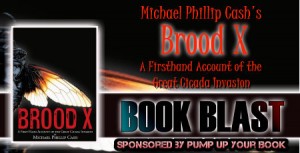
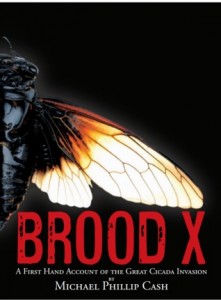
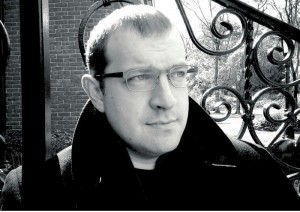


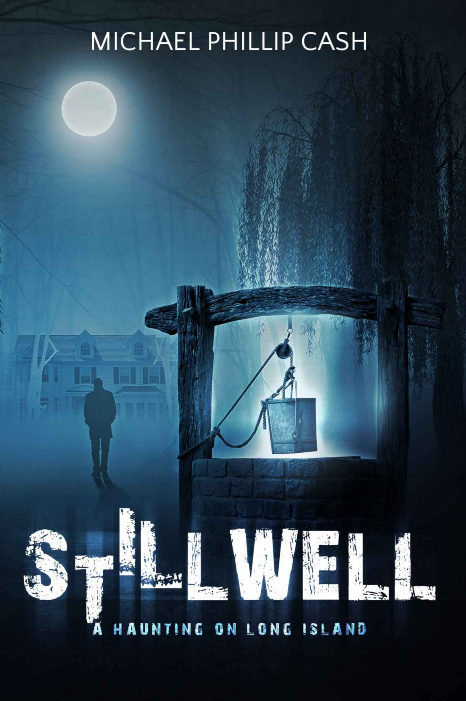
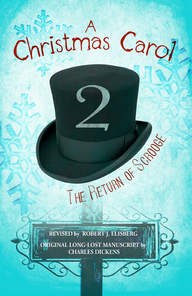


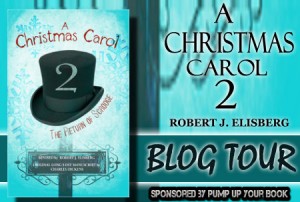
 Just yesterday, I posted a review of the marvelously moody, spectacularly spine-tingling Morgan Hall, a modern gothic novel by Bo Briar. Ms. Briar was gracious enough to spend some of her writing time doing an emailed interview with me. I can tell she’d be a great person to share a mug of tea with while spinning stories on a rainy afternoon.
Just yesterday, I posted a review of the marvelously moody, spectacularly spine-tingling Morgan Hall, a modern gothic novel by Bo Briar. Ms. Briar was gracious enough to spend some of her writing time doing an emailed interview with me. I can tell she’d be a great person to share a mug of tea with while spinning stories on a rainy afternoon.